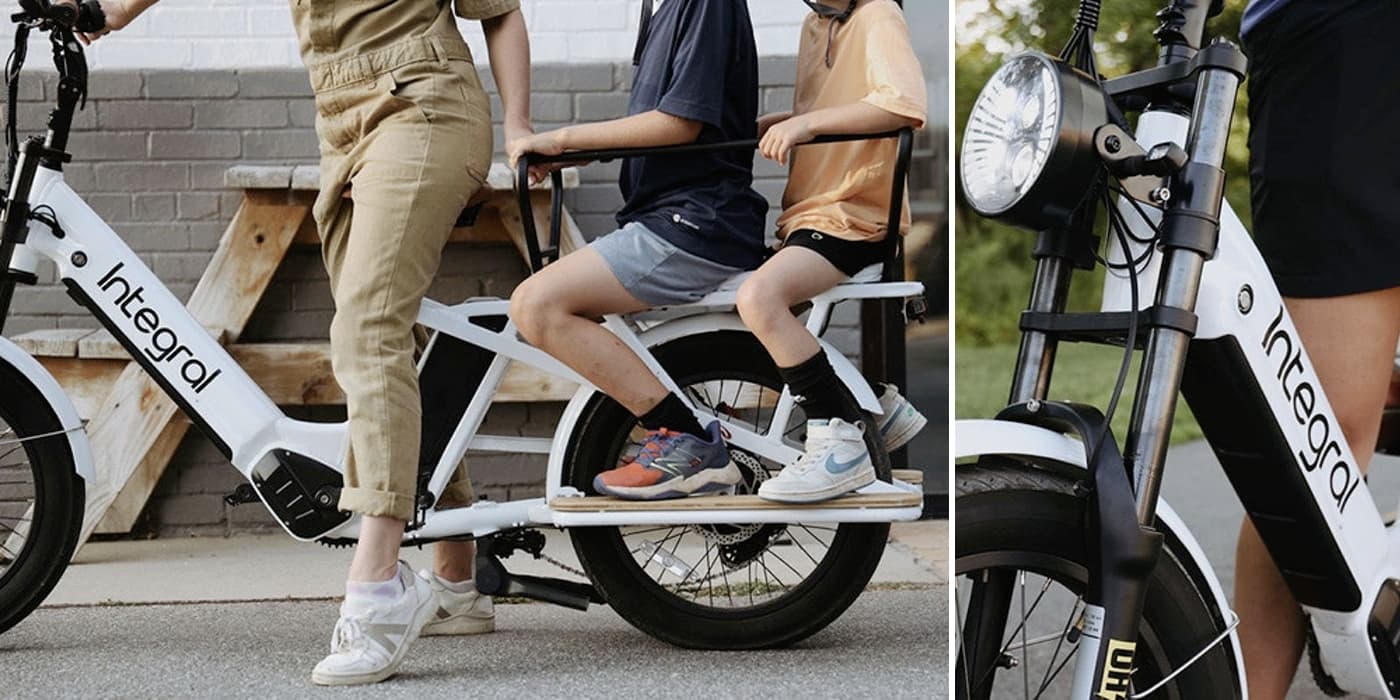US tax credits and subsidies for electric bikes are growing bigger


Not only are more cities and states promoting financials incentives to help residents buy electric bicycles, but the incentives are often growing in value, too.
Electric bicycles have proven to be a popular alternative form of transportation for many former car drivers. As prices have dropped and the number of models available has skyrocketed, more families have switched from two car households to one car and one e-bike households. Many young adults are foregoing car ownership altogether, opting instead for more affordable and more fun e-bikes to accomplish their urban commuting and using car-sharing services for occasional trips that require a larger vehicle.
Even as prices have dropped though, most e-bikes still cost well over a thousand dollars, meaning they can be out of reach for those on tight budgets. That has led to a growing wave of e-bike purchasing incentives at local and state levels, despite a proposed federal incentive failing to pass earlier this year.
Government incentives and subsidies play a crucial role in making electric bikes more accessible and affordable for a broader segment of the population. By offering financial assistance through rebates, tax credits, or direct discounts, these programs help mitigate the initial purchase cost, which is often a significant barrier for potential e-bike buyers.
In turn, this helps encourage a shift towards sustainable and eco-friendly transportation, contributing to reduced traffic congestion, lower greenhouse gas emissions, and improved air quality in urban areas.

While many local and state incentives offer tax credits or purchasing subsidies of several hundred dollars, Colorado has offered one of the highest-dollar programs at nearly US $1,800 of maximum subsidies. The figures start at US $500 or $1,100 for mid-level and low-income residents, respectively. Then there are several hundred dollars worth of subsidies added on for those that opt for adaptive and cargo e-bikes (better able to replace car trips and carry heavier loads) as well as for biking equipment like helmets and locks. Upway, an online marketplace for purchasing used e-bikes, shared a helpful breakdown of Colorado’s program.
California has its own major incentive program in the works, though the exact specifics and rollout date are yet to be determined. We’ve been waiting eagerly for more details, but the last we heard from the program administrator was two months ago, saying “We are currently launching a multi-phase California E-Bike Incentive Project soft launch which includes retailer onboarding and training, community-based organization (CBO) outreach and community engagement, and the website launch. The next one to two months will be focused on retailer and CBO outreach, which will be happening concurrently leading up to the application window opening.”
There are over a hundred state and city-level incentives around the US, and that number is growing every week. Micromobility Industries has helpfully compiled the various e-bike incentive programs, even those from outside the US, to make it easier to find one in your area.
Of course as more people take to electric bikes, it’s also putting pressure on cities to address the growing need for safer cycling infrastructure. Ideally cars and bikes would share roads equally, but that requires car drivers to be extremely attentive for the much smaller visual signature of vulnerable cyclists. In a world where distracted driving has reached epidemic levels, protected bicycle lanes that offer cyclists a safer alternative path are proving to be much more desirable for many e-bike riders. Denver discovered that exact issue when its progressive rollout of highly sought after e-bike subsidies resulted in the city needing to double down on efforts to expand its safer cycling route infrastructure.

FTC: We use income earning auto affiliate links. More.